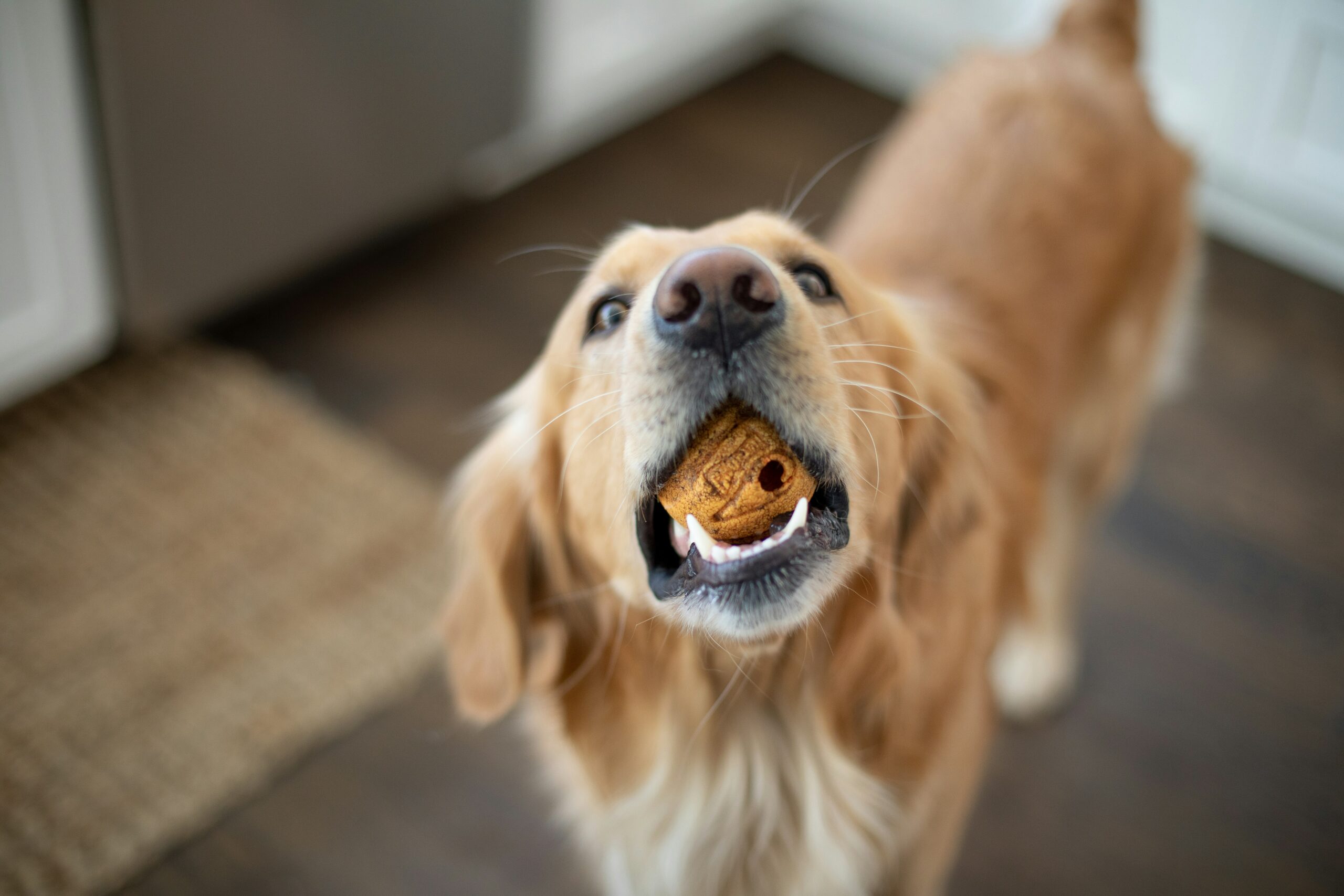How to Avoid Toxic Ingredients in Dog Food
Feeding your dog should feel good, but with recalls and shady labels, it’s easy to wonder if you’re accidentally harming your best friend. If you’re asking how to avoid toxic ingredients in dog food, you’re not alone—pet owners everywhere are digging deeper into what’s in those kibble bags. The stakes are high, but the solutions are within reach. This guide will show you how to avoid toxic ingredients in dog food with clear, actionable steps, expert insights, and a nod to 2025’s cleaner pet food trends. Let’s keep your pup safe and thriving, one bowl at a time.
Why Ingredients Matter
Dogs rely on us to pick their meals, and not all dog foods are created equal. Toxic ingredients—think artificial additives, contaminated fillers, or chemical preservatives—can sneak into even “premium” brands, causing allergies, digestive issues, or worse. The American Kennel Club (AKC) warns that some additives have no nutritional value and may harm long-term health. Knowing what’s risky empowers you to dodge the bad stuff and prioritize the good.
Step 1: Decode the Label Like a Pro
Labels are your first line of defense, but they’re tricky. Look for “complete and balanced” per AAFCO standards, then scan the ingredients list. Whole meats (chicken, beef) should top it—not vague “meat meal” or “by-products.” Avoid artificial colors (Red 40), flavors, and preservatives like BHA, BHT, or ethoxyquin—linked to cancer in studies. I once tossed a bag after spotting “propylene glycol”—a sweetener banned in cat food but sneaky in dog treats. It’s detective work, but it beats regret.
Step 2: Steer Clear of Common Culprits
Some ingredients are red flags. Corn syrup or sugar spikes blood sugar with zero benefits. Rendered fat—often from unnamed sources—can harbor toxins. Low-grade fillers like wheat gluten or corn bran bulk up food but lack nutrition. The PetMD team flags melamine (a plastic compound tied to past recalls) and excess salt, which strains kidneys. Memorize these offenders; they’re the usual suspects in sketchy formulas.
Step 3: Research Brands Thoroughly
Not all companies play nice. Dig into a brand’s track record—recalls, lawsuits, or sourcing scandals signal trouble. Check their website for transparency: Where’s the meat from? Are plants audited? I ditched a hyped brand after a quick Google showed three recalls in two years. Trust your gut and the facts.
Step 4: Go Minimal with Limited-Ingredient Diets
Simpler recipes cut risk. Limited-ingredient dog foods (LID) use fewer components—say, turkey and sweet potato—making it easier to spot troublemakers. They’re pricier, but brands now offer budget versions. My rescue, Daisy, had itchy skin until I switched to a LID kibble—no dyes, no fillers, no drama. Her coat’s glossy now, and I sleep better. It’s a clean slate for picky pups or allergy sufferers.
Step 5: Cook Your Dog Food
DIY feeding sidesteps commercial pitfalls. Stick to vet-approved recipes: lean meats (chicken, turkey), veggies (carrots, green beans), and grains (rice, oats). A guide from top mixes—like beef and pumpkin mash. Cook in bulk, freeze portions, and skip additives—total control for less than premium brands. My neighbor’s Spaniel, Max, thrives on homemade; no mystery ingredients, just love.
Step 6: Source Ingredients Safely
Homemade only works if you shop smart. Buy human-grade meats from trusted grocers—discount stores often have deals on chicken or ground beef. Avoid raw unless you’re prepped for bacteria risks; cook thoroughly. Veggies like spinach or peas add vitamins—grab frozen for savings. I snag “ugly” carrots from a market; Daisy doesn’t care about looks. Skip grapes, onions, or garlic—toxic to dogs, per the ASPCA.
Step 7: Watch for Sneaky Additives in Treats
Treats can be Trojan horses. Many pack artificial flavors, dyes, or cheap fillers—same risks as bad food. Make your own with peanut butter (xylitol-free), oats, and a cookie cutter—cheap and safe. Or dehydrate liver or yam slices. I baked treats for Daisy once; she’d flip for them, and I skipped the $10 store packs. Check labels on bought treats too—simple beats suspicious every time.
Step 8: Stay Updated on Recalls
Recalls happen—stay in the loop. Sign up for FDA pet food alerts or follow pet safety blogs. Cross-check your brand against past issues; contamination (salmonella, aflatoxin) often tied to poor sourcing. I dodged a bullet when a kibble Daisy ate got flagged for mold—swapped it out fast. Apps like DogFoodAdvisor ping you with updates. Knowledge is power when shelves turn risky.
Step 9: Test and Monitor Your Dog
Your dog’s the best clue. New food causing gas, itching, or lethargy? Could be a hidden toxin. Switch slowly—mix old and new over a week—to spot reactions. Keep a log: what they ate, how they acted. Daisy’s ears flared red on a grain-heavy brand; ditched it, the problem was gone. Vets can run tests if symptoms linger—don’t guess when health’s on the line.
Step 10: Embrace 2025’s Clean Food Wave
Pet food’s evolving, and 2025’s trends favor safety. Brands are ditching synthetics for natural preservatives like rosemary or vitamin E. Blockchain tracking shows ingredient origins—geeky but reassuring. Subscription services offer “clean” kibble at scale, cutting costs. These shifts mean safer bowls without the hassle. Lean in; your dog deserves the upgrade.
Myths to Toss Out
Let’s bust some noise. Cheap food isn’t always toxic—read the label, not the price. “Grain-free” isn’t a magic fix; some link it to heart issues unless vet-prescribed. And no, all meat meals aren’t evil—quality varies. I fell for the grain-free hype once; Daisy didn’t need it, and I wasted cash. Stick to science, not trends or scare tactics.
A Tale of Caution and Victory
My friend Jake learned this the hard way. His Boxer, Rocky, ate a budget brand with “animal fat”—soon, he was sluggish, coat dull. A vet traced it to rancid fillers. Jake switched to a vetted kibble, added homemade chicken, and watched Rocky bounce back—energy up, vet bills down. It took research and a scare, but he nailed it. You can skip the drama with these steps.
Wrapping Up: How to Avoid Toxic Ingredients in Dog Food
Mastering how to avoid toxic ingredients in dog food is about vigilance and choice. Decode labels, dodge culprits, cook smart, and ride 2025’s clean wave—your dog stays safe, and you stay sane. It’s not just feeding; it’s protecting. So grab a bag, a recipe, and some savvy—your pup’s next meal is a win for both of you.


No responses yet